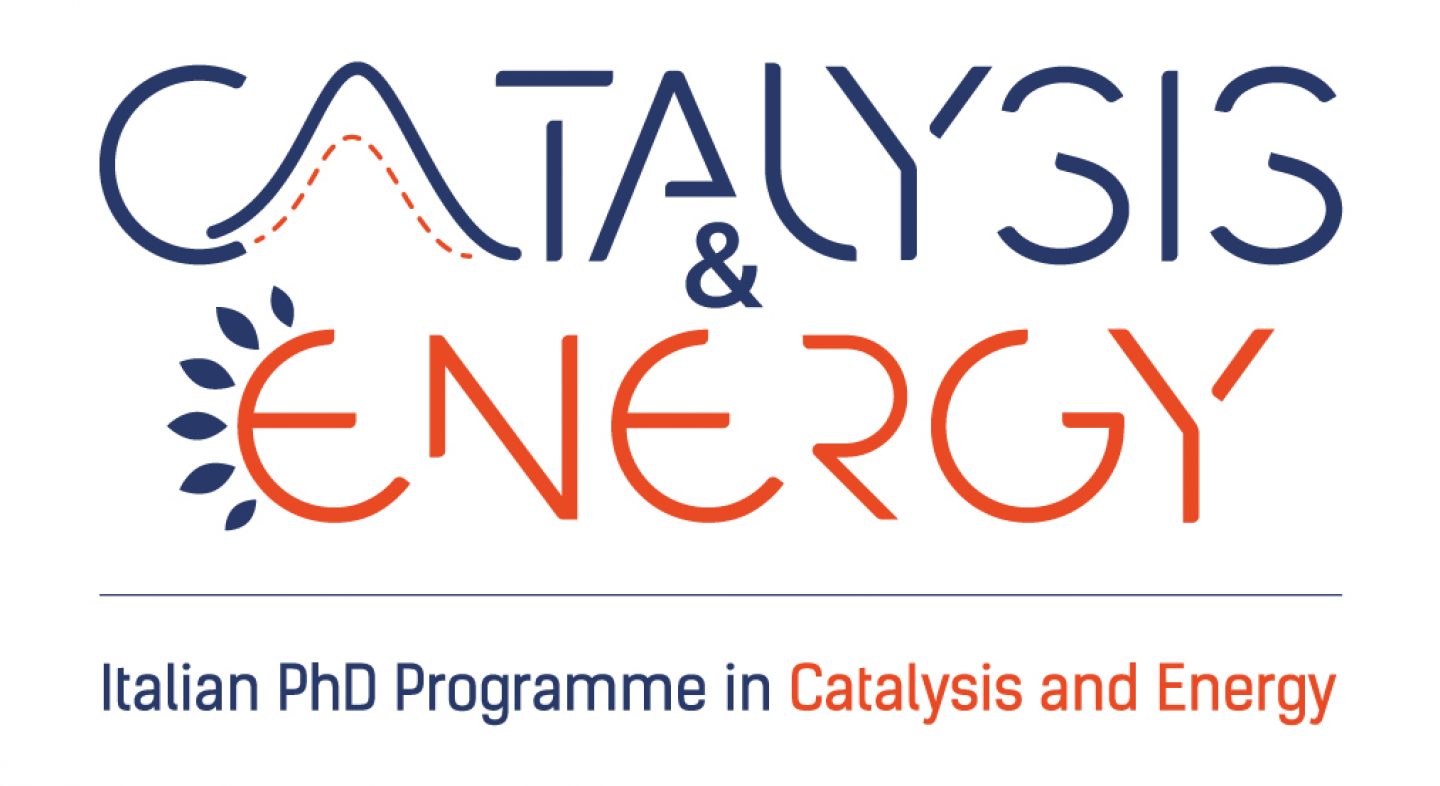Prof. Andrea Mattevi, Università degli Studi di Pavia
Dr. Emanuele Casali, Università degli Studi di Pavia
EMAIL: andrea.mattevi@unipv.it; emanuele.casali@unipv.it
May 2025
18 h, 3 CFU
This Ph.D. course provides a foundational understanding of machine learning and artificial intelligence in chemistry. Covering basic to advanced models, it emphasizes real-world applications and critical thinking. Practical tools, including Python and RDKit, are explored for model development, focusing on descriptors from simple chemical features to modern Sterimols. The course guides students in using these models to predict reactivities, design catalysts, and apply modern retrosynthesis strategies. The goal is to empower students to make groundbreaking advancements in chemistry through the efficient integration of machine learning and AI.
Examination: Oral interview on topics from the course and a paper from the literature of the student’s choice.
Topics:
- Machine Learning and Artificial Intelligence
- Qualitative and quantitative predictive models based on descriptors and energy
- Predictive models based on ML (MLR, SVM, NN, RF)
- Fundamentals of Python and RDKit for Machine Learning
- Train set, validation set, test set and overfitting (LassoCV and k-fold cross-validation)
- Chemical descriptors (orbitals, dipole moment, atomic charges, bond order, NMR shielding tensors)
- Sterical descriptors (Sterimols)
- (PythiaCHEM)
- Recalls of the basic concepts of organic retrosynthesis
- Usage of IBM-Rxn, AiZynthFinder and [Chematica (Syntia)] in automated retrosynthesis
- The revolution of protein structure prediction by AI
